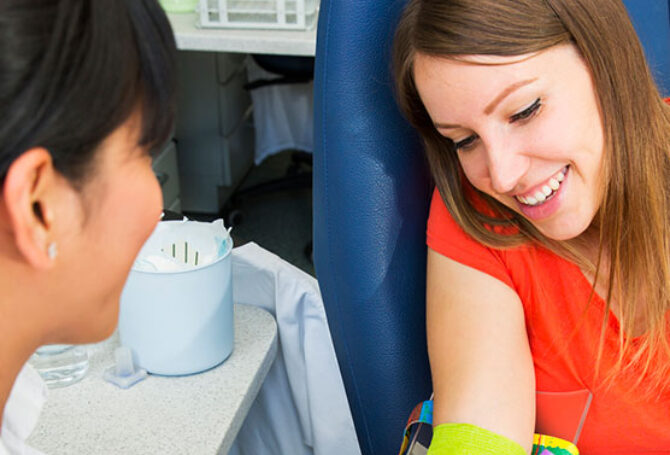The Future of Phlebotomy!
Phlebotomy, or the practice of drawing blood, has been an essential part of healthcare for centuries. The profession has evolved from ancient bloodletting practices to modern techniques that prioritize patient safety and comfort. As technology and medical science continue to advance, what will the future of phlebotomy look like? In this post, we will explore some possible trends and innovations that could shape the future of this vital medical field. Let’s dive into predicting trends and innovations in phlebotomy:
-
Automation and robotics in phlebotomy
One trend we’re likely to see in the near future is increased automation and robotics in phlebotomy. Many medical device companies have already developed automated blood collection devices that can draw blood from a patient without the need for a human phlebotomist. Some devices use advanced algorithms to predict the ideal needle insertion site, while others rely on robotic arms to perform the procedure.
These types of devices could help mitigate some of the challenges associated with phlebotomy such as patient anxiety and pain, and also reduce the risk of errors and infection.
-
Wearable and implantable blood monitoring devices
Another possible innovation in phlebotomy is the development of wearable or implantable blood monitoring devices. These devices would allow patients to continuously monitor their blood glucose levels, cholesterol levels, and other biomarkers without the need for frequent blood draws. This could revolutionize the management of chronic conditions such as diabetes, heart disease, and cancer.
-
Non-invasive blood testing
Non-invasive blood testing is another exciting area of research in phlebotomy. Scientists are exploring novel blood collection methods that use saliva, sweat, or urine instead of blood. These methods would be less invasive, safer and more comfortable for patients, especially those who are needle-phobic.
-
Personalized medicine
The future of phlebotomy may also include personalized medicine. This approach involves analyzing a patient’s genetic makeup, biomarkers, and other data to develop personalized medical treatments. This could enable doctors to prescribe tailored medicines that are more effective and have fewer side effects.
-
3D Printing
3D printing is another technology that has the potential to revolutionize phlebotomy. Medical professionals could use 3D printers to create various medical tools like IV needles more efficiently and accurately, reducing lead times and production costs as well as the chance of errors during the manufacturing process, thus enhancing patient safety.
In conclusion, the future of phlebotomy is full of possibilities, with innovations ranging from automation and robotics to non-invasive blood testing and personalized medicine.
Read more at our website: https://www.nwphlebotomyschool.com




